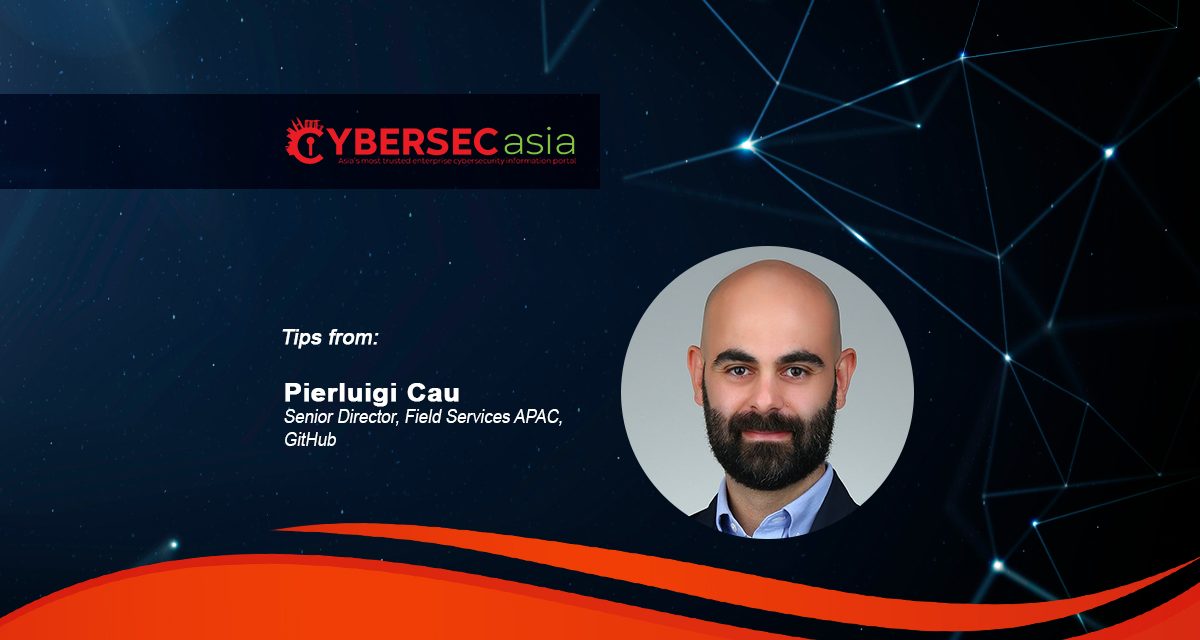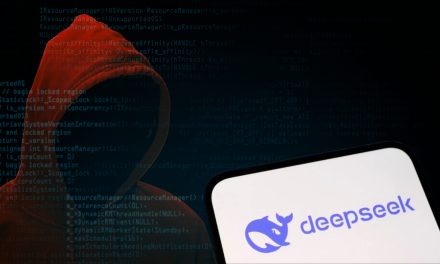In the face of rising cyberthreats and a shortage of cybersecurity experts, organizations must quickly embrace AI to ensure the long-term security of their applications and meet the evolving challenges of the digital economy.
The digital economy across Asia Pacific (APAC) is surging, driven by a fast-growing base of digital consumers, a super-app culture, growing demand for fintech solutions, and the AI agenda. And it’s the region’s developers who are propelling this innovation forward.
But at the same time as this immense digital progress, security threats are on the rise. Globally, high-risk vulnerabilities increased from 48% in 2022 to 74% in 2023, and APAC experienced its highest year-over-year increase in weekly cyber-attacks last year.

If we want developers to continue doing all that they do – maintaining code, finding vulnerabilities, securing software, and building for tomorrow – the industry must embrace AI and evolving security capabilities, and prioritize solutions that effectively and continuously reduce risk. This will fundamentally transform the future of security and redefine what it means to “shift left”.
Here’s how we can turn the tide.
Reimagining “shift left” with AI
While the rise of generative AI introduces a new set of complexities for security teams to navigate, it also holds promising opportunities to secure code. Historically, “shift left” has meant getting security feedback after a developer has brought an idea to code but before deploying it to production.
However, AI takes this further and starts to make the true promise of “shift left” a reality. That’s because, when used effectively, AI can transform security by proactively preventing vulnerabilities from being written into code in the first place, bringing security directly to developers as they introduce their ideas in the IDE.
AI provides context for potential vulnerabilities and recommends secure code from the outset, although developers should always test code that’s been generated by AI. Additionally, AI can suggest fixes to existing vulnerabilities, and while prevention is always better, AI-powered remediation has the potential to essentially reduce the cost of remediation to near-zero.
The bottom line is that developers need the ability to proactively secure their code right where it’s created — instead of testing for and remediating vulnerabilities after the fact. AI can help build security in, right where developers code, rather than bolting it on at the end, empowering teams to write more secure code in real-time.
Addressing cyber skills shortage in the APAC region
We’re currently grappling with a perpetual skills shortage across APAC. In fact, according to a 2023 ISC2 Cybersecurity Workforce Study, the APAC cybersecurity workforce gap has reached a record high, with 2.6 million professionals now needed.
The reality is that there’s simply no way for organizations in the region to hire themselves into stronger security. But businesses can start to bridge this gap by strategically adopting AI.
Organizations that embrace AI with purpose can benefit from a much-needed productivity boost, uplifting experienced security team members and giving them time back. At the same time, AI allows new talent to the industry to get up to speed with the fundamentals faster, helping to train their skills and provide the context needed as part of their development.
While there is definitely no replacement for the ingenuity of an organisation’s application security teams, pairing them with new AI tools will certainly make them happier and more productive, and their code more secure.
The future of AI-powered security
AI is already redefining productivity for millions of developers worldwide; for instance, GitHub Copilot is helping developers code 55% faster – but this is just the beginning.
We know that organizations that embrace AI will be more productive at every level. Similarly, those who effectively harness AI-powered security will have more secure code across the board.
What’s most crucial now is how quickly organizations embrace this shift.
In this world of threats, AI-powered security is no longer just an option; it is a must-have and critical to the future of secure applications. The sooner businesses recognize this and integrate AI into their security strategies, the more resilient they’ll become.

















